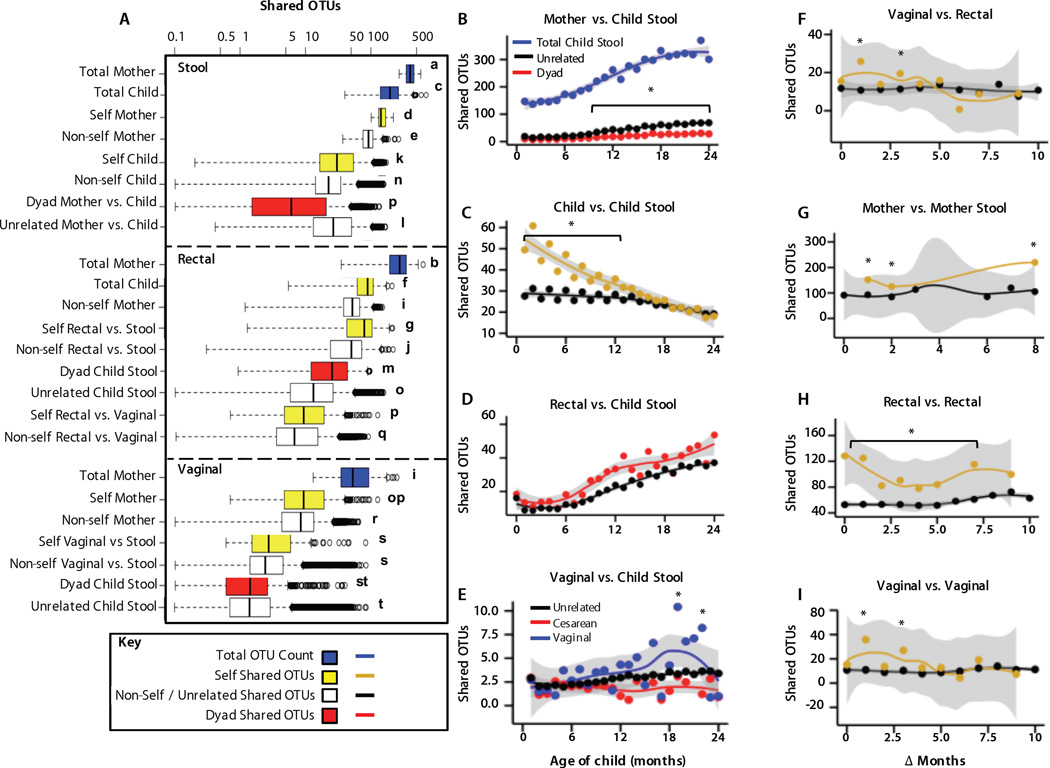Fig. 7. Shared OTUs reveal microbial relatedness among mothers and children.
(A) Shared OTU counts (median ± quartiles) between individual stool samples (top), rectal swabs and stool samples (middle), and vaginal swabs and stool samples (bottom), represented in Fig. 6. Distributions represent the total number of OTUs within a single sample (blue) or shared OTUs between samples from the same individual (self, yellow), another individual (nonself, white/black), or a mother-infant dyad (red). Lowercase letters indicate significantly different shared OTU count distributions [one-way ANOVA, P < 0.0001, followed by false discovery rate (FDR)–corrected Fisher’s protected least significant difference (PLSD) test]. Key indicates coloring for box plots in (A) or line plots in (B) to (I). (B to I) Shared OTU counts over time between mothers and unrelated children, mother-infant dyads, and total OTUs in child stool samples. (C) Samples from the same child or unrelated children at different times (Δ months). (D) Mothers’ rectal swabs and stool samples from their own children (dyad) or unrelated children. (E) Mothers’ vaginal swabs and stool samples from unrelated children or dyads of children delivered vaginally or by cesarean section. (F) Vaginal and rectal swabs from the same mother or other mothers. (G) Stool samples from the same mother or other mothers. (H) Rectal swabs from the same mother or other mothers. (I) Vaginal swabs from the same mother or other mothers. (B), (D), and (E) compare mothers versus children, and x axes indicate the child’s age (months). For (C) and (F) to (I), x axes indicate the differences in child age (Δ months) between the times when these samples were obtained. Lines indicate rolling average mean values, and gray shading is equal to 95% CI. *P < 0.0001, ANOVA, followed by FDR-corrected Fisher’s PLSD test.

